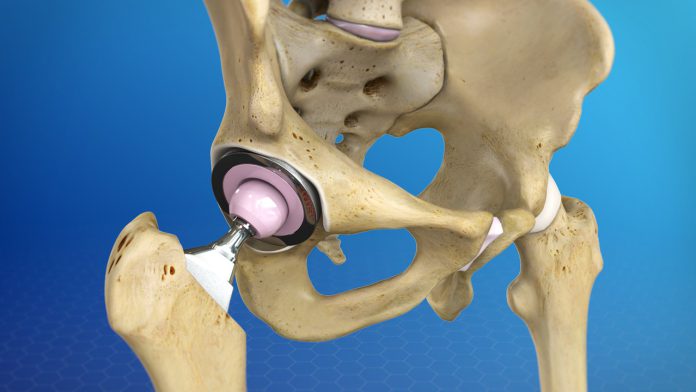mencoret.com – A ceramic hip-replacement can improve the quality of life of patients suffering from arthritis. While there are some disadvantages to this type of surgery, most of these problems are minor and easily corrected by undergoing physical therapy. It is important for patients to maintain a healthy lifestyle after the surgery to reduce the risk of infection or osteoporosis. If you suffer from arthritis, you should seek the advice of your orthopaedic surgeon for a more appropriate treatment.
Natural compatibility with body is the biggest advantage of ceramic hip replacement
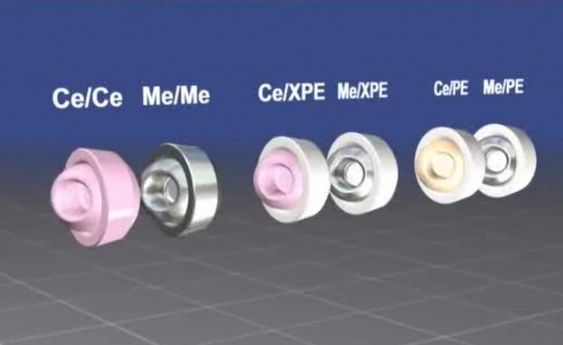
The main advantage of ceramic hip-replacement is its natural compatibility with the body. Unlike metal-on-plastic devices, ceramic implants have no metal parts that can corrode. Moreover, ceramic materials are highly compatible with the body. That means that they can be safely used for the treatment of arthritis. However, there are some disadvantages as well. For this reason, patients should discuss their concerns with their doctor before opting for a ceramic hip-replacement.
The pros and cons of a ceramic hip replacement are many and varied. There are positives and negatives for patients. There are risks and benefits associated with any surgery. One major disadvantage is the high cost. It is not the cheapest option, but it is worth the investment. A ceramic hip replacement is very durable. The cost of the operation can range from a few thousand dollars to a few thousand. The benefits are worth the potential risks.
Won’t cause any allergic reactions or side effects
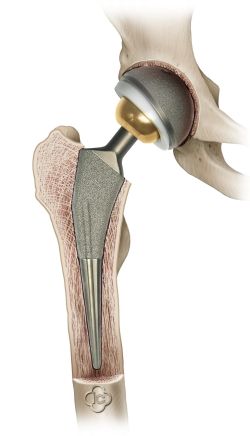
The ceramics used in the ceramic hip replacement are biocompatible. Alumina, which is another popular type of ceramic, is biocompatible. This means that it won’t cause any allergic reactions or adverse effects. Alumina is also very strong. These are all factors to consider when choosing a hip-replacement. It may be more reliable than a metal-on-plastic one. So, while ceramics are still an ongoing process, they are a promising option.
A ceramic hip replacement will be more durable than a metal one. Alumina ceramic is more biocompatible than metal. It will last longer than a metal one. Compared to a metal hip, a ceramic hip will not wear out as easily. It will last for many years. If you’re overweight, you might want to try losing a few pounds before surgery. It’s also important to avoid smoking as this can weaken the metal.
The ceramic hip replacement can be used by both men and women
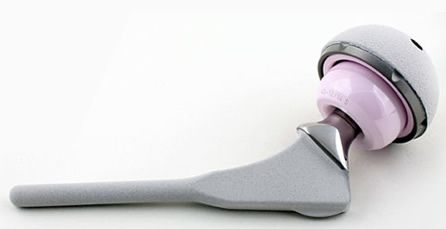
Alumina ceramics are the most effective type of ceramics. They are biocompatible and will not cause any adverse effects. As a result, the ceramic hip replacement can be used by both men and women. It is more durable than other metal-on-metal hip replacements. Alumina ceramics are made from aluminum oxide, which is a common mineral in bone. In contrast, metal-on-metal hips are abrasive, so they tend to wear down over time.
The ceramic-on-ceramic hip replacement is an advanced form of ceramics. Unlike a traditional metal-on-metal hip replacement, this type of ceramic is biocompatible with the body. It has been used for decades in orthopedic applications. Alumina ceramics are biocompatible and can be used in a variety of situations. The best types of titanium alloys are available for a single-joint system, which is called a total hip prosthesis.
Alumina ceramics are a long-lasting solution and have better durability
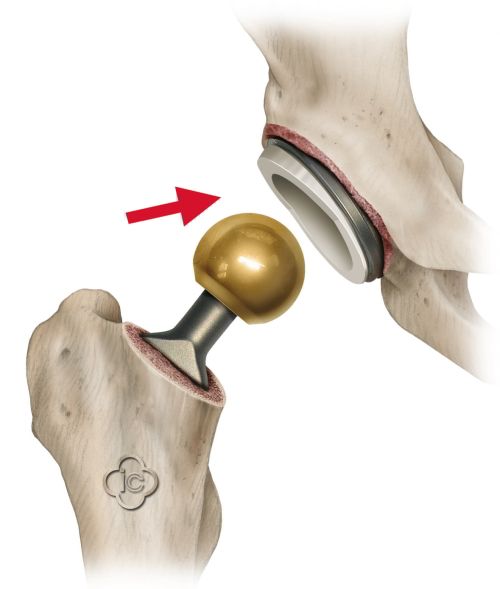
Alumina ceramics have a high level of biocompatibility and are an excellent choice for hip replacement. The new ceramic on-ceramic hip is a long-term solution. It is made of alumina and zirconia, which are harder than aluminum oxide. Additionally, the newer types of this ceramic have better durability. They are softer than metal and do not cause allergic reactions. It is difficult for the patient to notice the difference, and it is therefore important to limit physical activity.
Help patients live longer and healthier lives
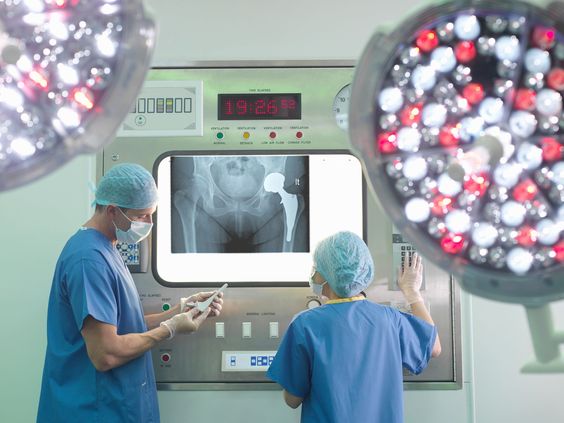
Alumina ceramic is compatible with the body and can help patients live a longer, healthier life. Its high biocompatibility makes it a suitable material for use in orthopedics. It has been proven to be more durable than other materials. It can last for more than 50 years if properly cared for. It is also compatible with the body. The patented titanium sleeve significantly increases the material strength of the ceramic insert.
The ceramic on-metal implant uses aluminum oxide, which is biocompatible. It is also the best choice for people with arthritis because it is strong and long-lasting. The metal on-metal implant has several advantages over ceramic on-metal hip-replacement. Its superior durability has led to a lower risk of complications, and is considered a superior option in many cases. It has been used in orthopedic applications for more than two decades and has received high praise from doctors.

